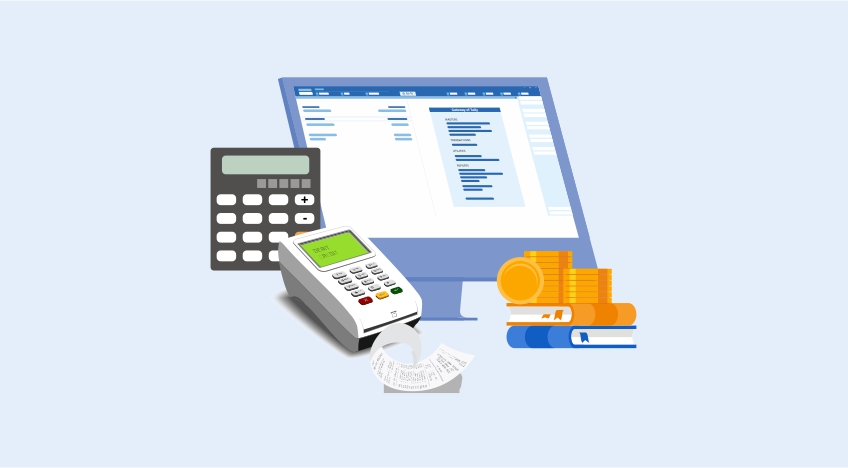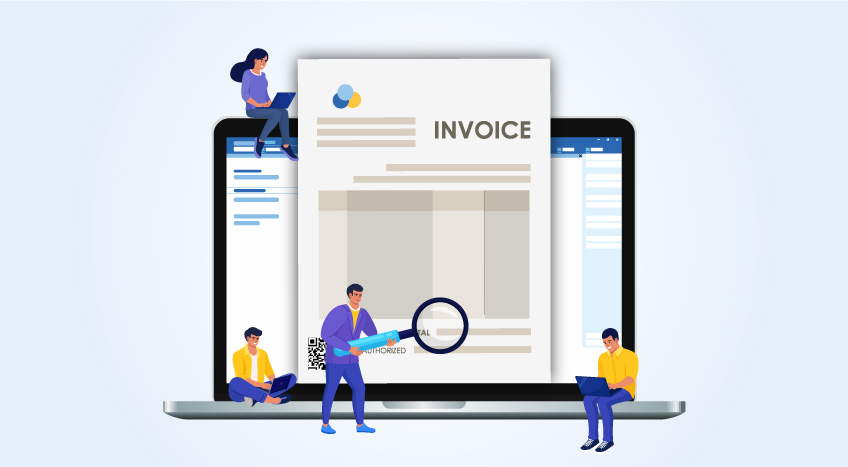The Kenya Revenue Authority (KRA) rolled out the Tax Invoice Management System (TIMS) on 1st August 2021. KRA TIMS is an upgraded version of the Electronic Tax Register (ETR) regime, which was rolled out in 2005.
TIMS requires all VAT-registered taxpayers to comply with the Value Added Tax (Electronic Tax Invoice) Regulations, 2020. These regulations dictate that every VAT-registered taxpayer transition to the new ETRs so they can start to generate and consequently transmit the generated tax invoices to the KRA.
|
How to Generate Electronic Tax Invoices Under the New TIMS: The Process Flow |
What are the Requirements of the New Electronic Tax Invoice System? |
Features of a valid tax invoice
A tax invoice format and layout can be as per the liking of the taxpayer in Kenya. However, a valid electronic tax invoice needs to have the following:
- Control Unit serial number: KRA issues this number, uniquely identifying every tax register.
- Control Unit invoice number: The tax register issues this number when a tax invoice is issued.
- Quick Response (QR) code: This code ensures the tax invoice's authenticity and validity.
The Buyer PIN is the only optional feature. The purchaser's PIN must be on the tax invoice if the buyer wishes to claim input tax for the VAT paid. It is the buyer’s responsibility to provide this PIN to the seller before the invoice is generated.
4 Benefits of TIMS for businesses
Businesses in Kenya can benefit greatly if they shift from the traditional ETR to KRA TIMS.
Enhanced compliance
Compliance is important for businesses in Kenya as it ensures they are following the rules and regulations the authority sets. KRA TIMS has improved the compliance rate for businesses, making it easy for them to keep track of all their VAT records. Earlier, this was an issue with traditional ETRS, which required manual input of the invoice to the KRA portal from the ETR. If any issues were present at that time, they have reflected the KRA, thereby deeming the business non-compliant.
Real-time tax invoice validation is completed as the data transmission is automatic in TIMS. Only after the validation process is complete the tax invoice is issued to the customer and transmitted to the KRA. This ensures only the correct invoices are approved and therefore issued to the customers. This eliminates any incorrect invoices from being issued and sent to the KRA. The near real-time process ensures better outcomes for businesses. This process also ensures the confidentiality of business tax records.
Enhanced efficiency and effectiveness
KRA TIMS is completely automatic, which ensures processes are completed faster and with minimal errors. It has taken the complexity out of issuing the correct tax invoices to the buyers by ensuring real-time transmission and authentication of the invoice. Earlier, taxpayers had to use manual paperwork, which was cumbersome, time-consuming, strenuous, and prone to human errors.
Simpler sales auditing
Sales auditing is the process by which transaction data is checked for accuracy. With the earlier system, accuracy checking was problematic and time-consuming. But with KRA TIMS, the accuracy is much higher as it is done in real-time. This ensures sales auditing can occur multiple times a day as every transaction is being sent to the KRA portal.
With the launch of TIMS, sales auditing has become simpler because it happens more frequently than before. This allows for instant feedback. For example, businesses can do sales auditing every day or even every hour. If any problem or discrepancies in the sales processes have occurred, businesses can find them out easily on the same day. This allows for easy problem identification and solving.
Reduces filing cost
Record keeping is a task that requires effort. Earlier, the taxpayers had to keep all their VAT records until they filed their returns and up to a point required by the Kenyan tax authorities. With the introduction of TIMS, the burden on taxpayers has been reduced as the records are automatically saved by the system. It is just as simple to retrieve the records when requested by the KRA. This has cut down on time required to get the required records.
KRA TIMS has reduced the filing cost because return filing has become simpler. As VAT returns are pre-filled, it has made it easier for taxpayers to file their returns timely and reduce the cost associated with filing their returns. Earlier, this process took much longer due to the lack of automation. As you had to fill in the details, the cost of filing was much higher with the ETR system employed before. Refunds are also processed faster, errors are immediately found, and overall processing occurs quickly.
Read More:










